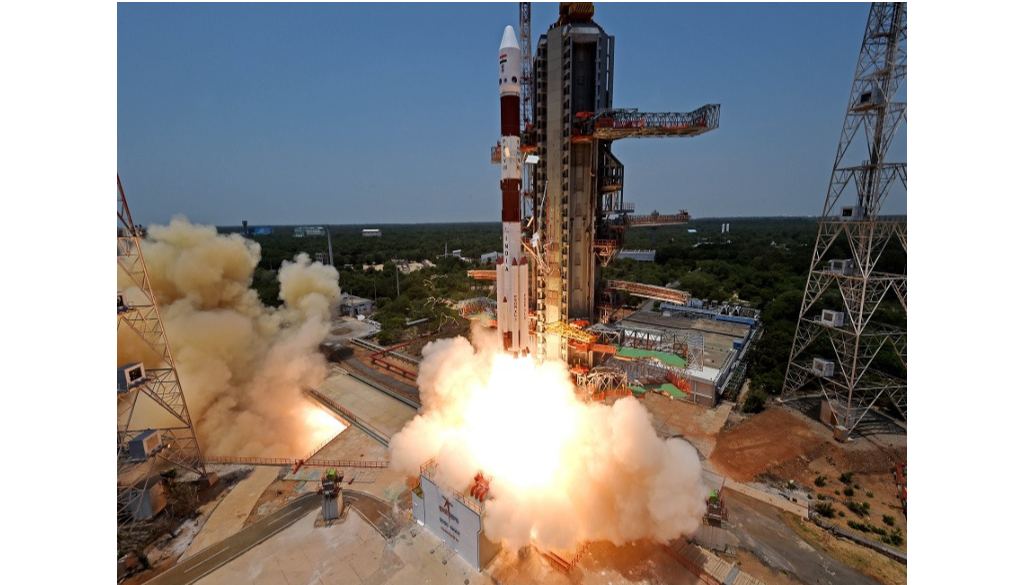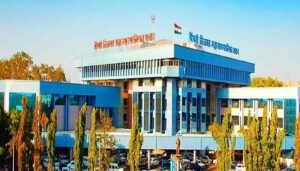India’s Space Triumph: Aditya L-1 Solar Mission Reaches Orbit, Rewriting History

New Delhi, 6th January 2024: India has scripted history in the field of space exploration with the successful completion of the Aditya L-1 solar mission. On Saturday, the Indian Space Research Organisation (ISRO) announced that Aditya L-1 had reached its designated orbit around the Sun. Prime Minister Narendra Modi extended his heartfelt congratulations to ISRO, hailing the accomplishment as a testament to the relentless dedication of Indian scientists.
Prime Minister Modi expressed his joy and appreciation for the groundbreaking achievement, stating that India has yet again reached a significant milestone in space exploration. He applauded ISRO for its remarkable success and emphasized that the country will continue to push the boundaries of science for the betterment of humanity.
Union Minister Jitendra Singh also lauded ISRO for the success of the Aditya L-1 mission. Drawing attention to the remarkable achievements of the Indian space agency under the visionary leadership of Prime Minister Modi, he highlighted that this success follows a series of noteworthy milestones, from lunar exploration to solar observation.
The Aditya L-1 mission involves placing a satellite in orbit near the L-1 Lagrange point, allowing continuous observation of the Sun without any shadow. The satellite is equipped with four payloads specifically designed for direct observation of the Sun, along with three additional payloads to study the L-1 point itself. The mission, spanning five years, aims to unravel the secrets of the Sun.
The Aditya L-1 mission was launched on September 2, 2023, using the Polar Satellite Launch Vehicle (PSLV-C57) from the Satish Dhawan Space Center in Sriharikota. This marked a significant step for India, as Aditya L-1 became the nation’s first solar observatory in space dedicated to studying the Sun.
The Aditya L-1 satellite is equipped with cutting-edge payloads, including the Visible Emission Line Coronagraph (VELC) payload to study the dynamics of Coronal Mass Ejections (CME). The Solar Ultraviolet Imaging Telescope (SUIT) will capture images of the Sun’s photosphere and chromosphere, providing valuable insights into solar activities.
India’s successful Aditya L-1 mission represents a significant leap in space exploration, positioning the nation as a key player in solar observation.







